Thirty-three years have passed since the Khojaly Massacre, a tragedy that remains one of the darkest stains in modern history. On the night of Feb. 25-26, 1992, armed Armenian forces stormed the town of Khojaly in Azerbaijan’s Nagorno-Karabakh region, leaving a lasting scar on Azerbaijan and the broader international community.
Located in a strategically vital part of Nagorno-Karabakh, Khojaly was home to approximately 7,000 people, including Azerbaijani and Akhiska Turks. It was the site of the region’s only airport and lay along a critical route connecting Khankendi and Agdam – features that made it a prime target amid escalating tensions following the collapse of the Soviet Union. In late 1991, Armenian forces had already blockaded the town, setting the stage for what would become the massacre remembered today.
As Azerbaijani civilians sought to escape the attack on the night of Feb. 25, Armenian forces, aided by the Soviet Russian Army’s 366th Motorized Regiment stationed in Khankendi, launched a coordinated assault from three directions. What followed was a night of terror. Innocent men, women, children and the elderly were mercilessly gunned down, many of them as they fled toward Agdam through icy fields and forests.
“Khojaly was a great tragedy. People did not know where to go or how to escape,” recalls Ramin Sadık, an associate professor from Bayburt University. “The armed Armenian occupying forces and the soldiers of the Russian 366th Motorized Infantry Regiment who supported them did everything to brutally murder all the people of the city that night and thus intimidate the Azerbaijani Turks. They would later admit that they were trying to teach the Azerbaijani Turks a lesson. Their goal was to instill fear so that other cities and villages would also flee. Their plans were inhumane, violating the rules of war most brutally.”
The numbers speak to the scale of the horror: 613 unarmed civilians were killed, including 106 women, 70 elderly people and 63 children. Another 487 were gravely wounded and 1,275 were taken prisoner. To this day, the fate of 150 individuals remains unknown. The massacre left families shattered – eight entire families were wiped out, while 25 children lost both parents and 130 were left with only one.
Yet the brutality extended beyond mere killings. Survivor testimonies and forensic medical examinations paint a gruesome picture of systematic torture. Civilians were subjected to unfathomable cruelty – scalps were peeled off, noses and genitals mutilated and eyes gouged out. The accounts from that night are haunting reminders of the sheer depths of human savagery.
“To prevent such a tragedy from ever happening again, Khojaly must be commemorated every year, engraved in the memory of the younger generations and this massacre must be brought to the attention of the entire world,” Sadik emphasized.
Nation demands justice
Every year, Azerbaijanis honor the memory of those who perished in Khojaly, ensuring that the world does not forget. The commemoration of this tragedy has taken on new significance since September 2020, when Azerbaijani forces successfully reclaimed Karabakh after a 44-day war, culminating in a cease-fire brokered by Russia. The end of the three-decade Armenian occupation of Azerbaijani lands has also paved the way for potential normalization between Baku and Yerevan. However, for many Azerbaijanis, true justice remains elusive – they continue to demand accountability for the perpetrators of the Khojaly Massacre and seek formal recognition of the atrocities committed against their people.
The end of 2023 brought immense joy to the Azerbaijani and Turkish world. “Khojaly has been fully liberated from occupation. The threat of terrorism has been eradicated, and those who once seized our land have been expelled back to Armenia,” Sadik remarked. “Today, Khojaly is in free and safe hands, a testament to Azerbaijan’s perseverance and unwavering pursuit of justice.”
For Azerbaijan, what transpired in Khojaly is more than a tragedy – it is a grave violation of international law. The massacre stands in breach of the 1949 Geneva Conventions, the United Nations Convention on the Prevention and Punishment of the Crime of Genocide, the International Covenant on Civil and Political Rights, the Convention Against Torture and the Convention on the Rights of the Child. In its ruling on April 22, 2010, the European Court of Human Rights recognized the events in Khojaly as acts equivalent to war crimes or crimes against humanity.
Though decades have passed, the pain of Khojaly remains fresh. Every year on Feb. 26, Azerbaijan commemorates the victims, ensuring that the world does not forget what happened. The massacre is a stark reminder of the cost of war, the depths of human suffering and the urgent need for accountability in conflicts that leave civilian populations vulnerable to atrocities.
As we mark the 33rd anniversary of this dark chapter, the memory of Khojaly continues to demand justice. It stands as a somber testament to the necessity of peace and the imperative never to allow such horrors to be repeated.


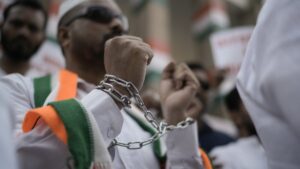

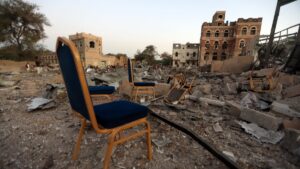
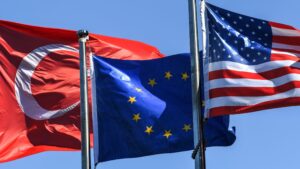
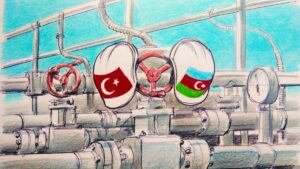

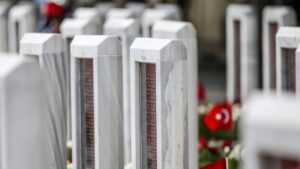
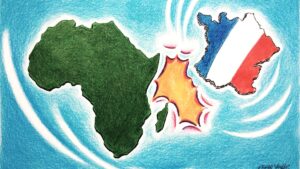


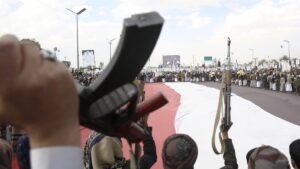
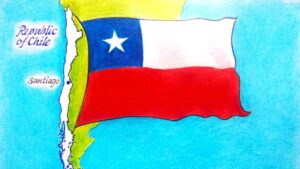
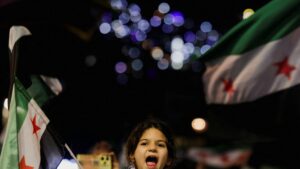




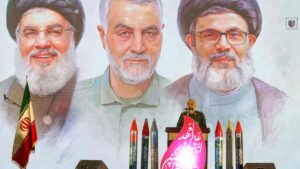

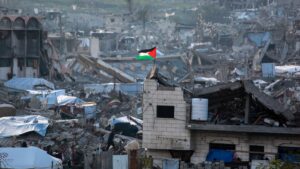
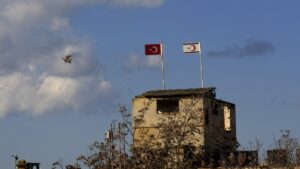
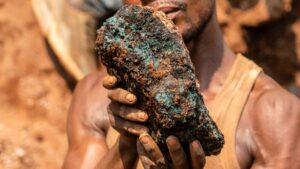




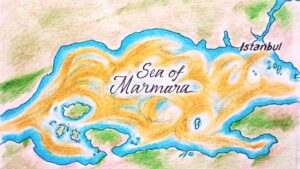


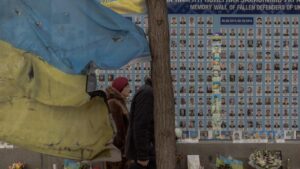

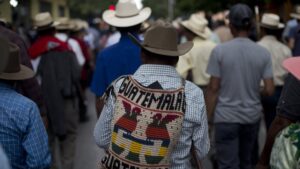

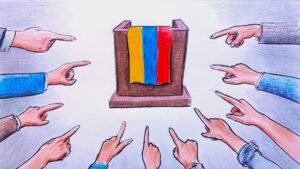
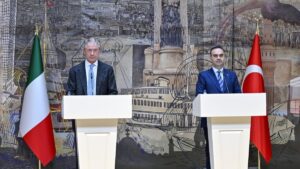
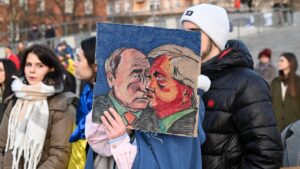

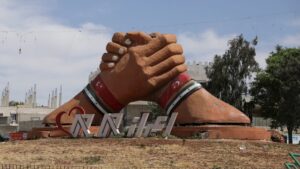
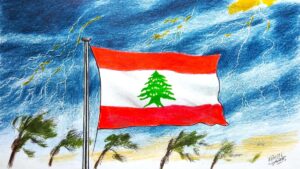
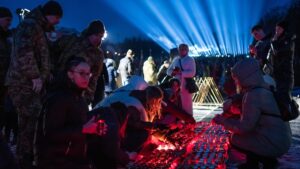
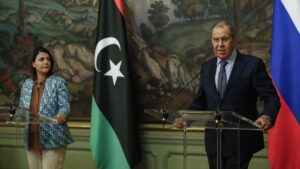
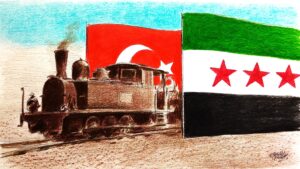
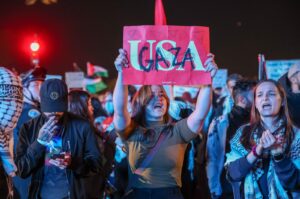
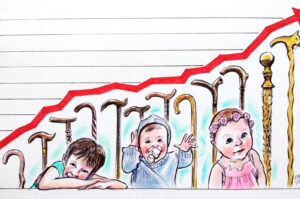


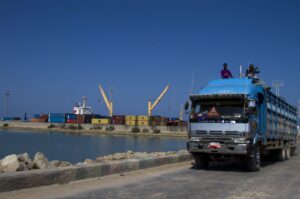



Be First to Comment